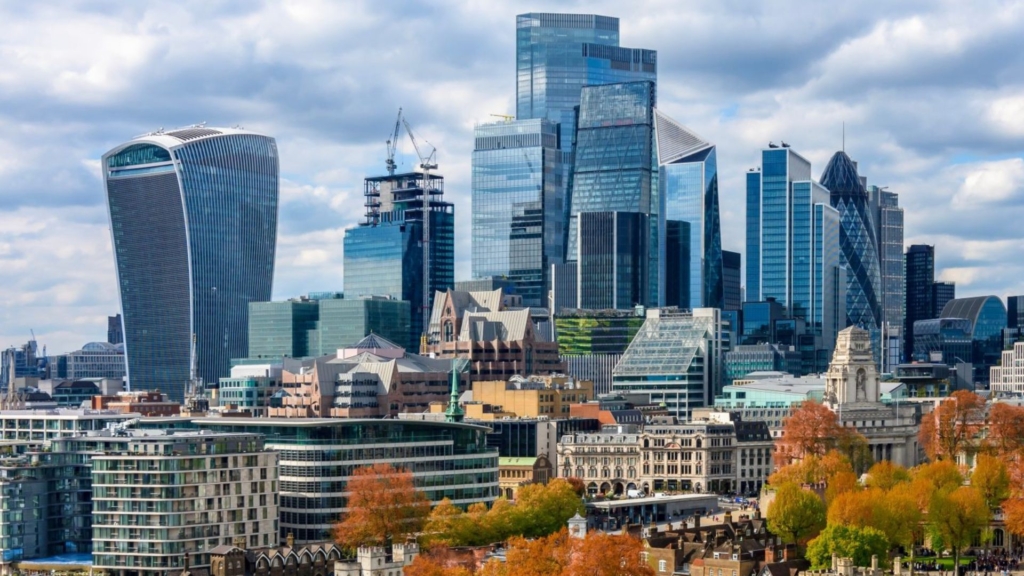By Siham Ben Amor, MD – WER Investments Ltd

🔎 Hook: “London’s property market is evolving and so are the dreams of its buyers. In 2025, success isn’t just about square footage; it’s about purpose, flexibility, and sustainability.”
📈 What’s Driving London’s Buyers in 2025 Over the past 12–18 months, London’s real estate landscape has undergone a noticeable shift:
- Renter-to-buyer momentum: After years of strong demand for rental homes, over 60% of surveyed London renters are now actively exploring mortgage options, a 15% jump since 2023.
- Suburban surge: Inner-London boroughs like Hackney and Lambeth saw price growth of 8–12%, while Greater London commuter towns grew 15–18% as buyers traded urban convenience for space and community.
- Green premium: 70% of new property listings highlight sustainability features, solar panels, triple-glazed windows, energy-efficient appliances. Properties with these added an estimated 5–7% to their resale value.
- Flexible workspace: Nearly 40% of buyers now request a dedicated home office, a trend that’s doubled since hybrid-working norms took hold in late 2023.
These changes highlight how the traditional Central London property cycles, once driven by overseas demand and luxury appeal are now being reshaped by lifestyle-driven priorities and long-term value considerations.
🔍 What Buyers REALLY Want
Space & adaptability
- Pros: Larger homes for multi-purpose use offices, gyms, gardens, and family zones have become highly marketable.
- Cons: Premium prices for space (10–20% higher per square foot) mean bigger mortgages or longer commute times.
Eco-conscious living
- Pros: Reduced utility costs, future-proofing against rising energy prices, and increased appeal for eco-savvy tenants.
- Cons: Green renovations can cost £15–30k upfront, and not all are eligible for current green grants.
Connectivity & infrastructure
- Pros: New Elizabeth Line stations are boosting values in areas like Ealing and Romford by 7–9%.
- Cons: Transport-linked developments can bring congestion and noise; also, sustainability-minded buyers may resist high-traffic zones.
Community & wellbeing
- Pros: Developments offering communal gardens, cycle storage, and wellness rooms gain traction among young families and professionals.
- Cons: Management fees for these amenities can be 15–30% higher, impacting returns for buy-to-let investors.
Hybrid workspace at home
- Pros: An official ‘office nook’ or room increases resale appeal recent listings show a 5% price uplift just by featuring a credible work area.
- Cons: It’s wasted space if hybrid working fades; open-plan designs may suffer without creative layout planning.
🏘️ What This Means for Different Buyers
💼 Investors & landlords
- Pros: High-demand areas with sustainability credentials and hybrid-friendly layouts attract better quality tenants and secure longer leases.
- Cons: Increased costs green retrofits, community amenity management, and potential rental regulations could squeeze returns.
This is where Prime London investment insights matter most: balancing the short-term cost pressures of eco-upgrades with the long-term value they add to rental yield and resale growth.
🏡 Homeowners & first-time buyers
- Pros: A chance to design a long-term, flexible living space, benefit from energy savings, and grow equity in rising suburbs.
- Cons: Higher upfront costs, and negotiating for sustainable or hybrid features can extend purchase timelines.
📊 Data at a Glance (Last 18 Months)
Trend Change Renter-to-buyer demand +15% since 2023 Suburban price growth +15–18% Inner-London price growth +8–12% Sustainability listing highlights 70% Workspace request in sales 40% of buyers Value uplift for green features 5–7% Value uplift for workspace feature ~5%
✨ What’s Next? As London buyers in 2025 look for purpose-driven homes spaces that reflect their values, lifestyle, and future plans, it’s clear that metro living is no longer just about location; it’s about meaningful design.
Would you prioritize a green-rated home or a dedicated workspace, especially if only one were viable? I’d love to hear your take.
